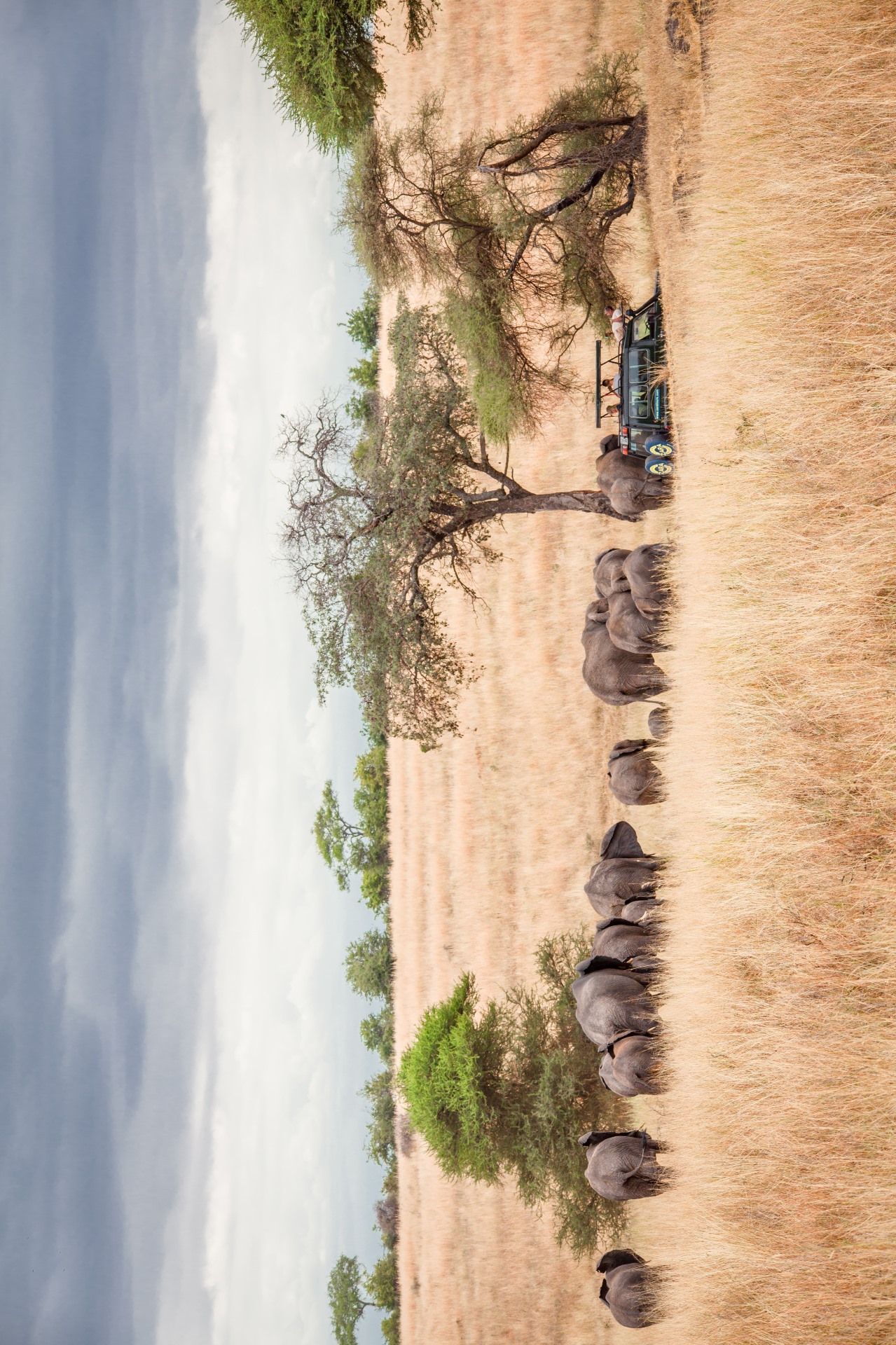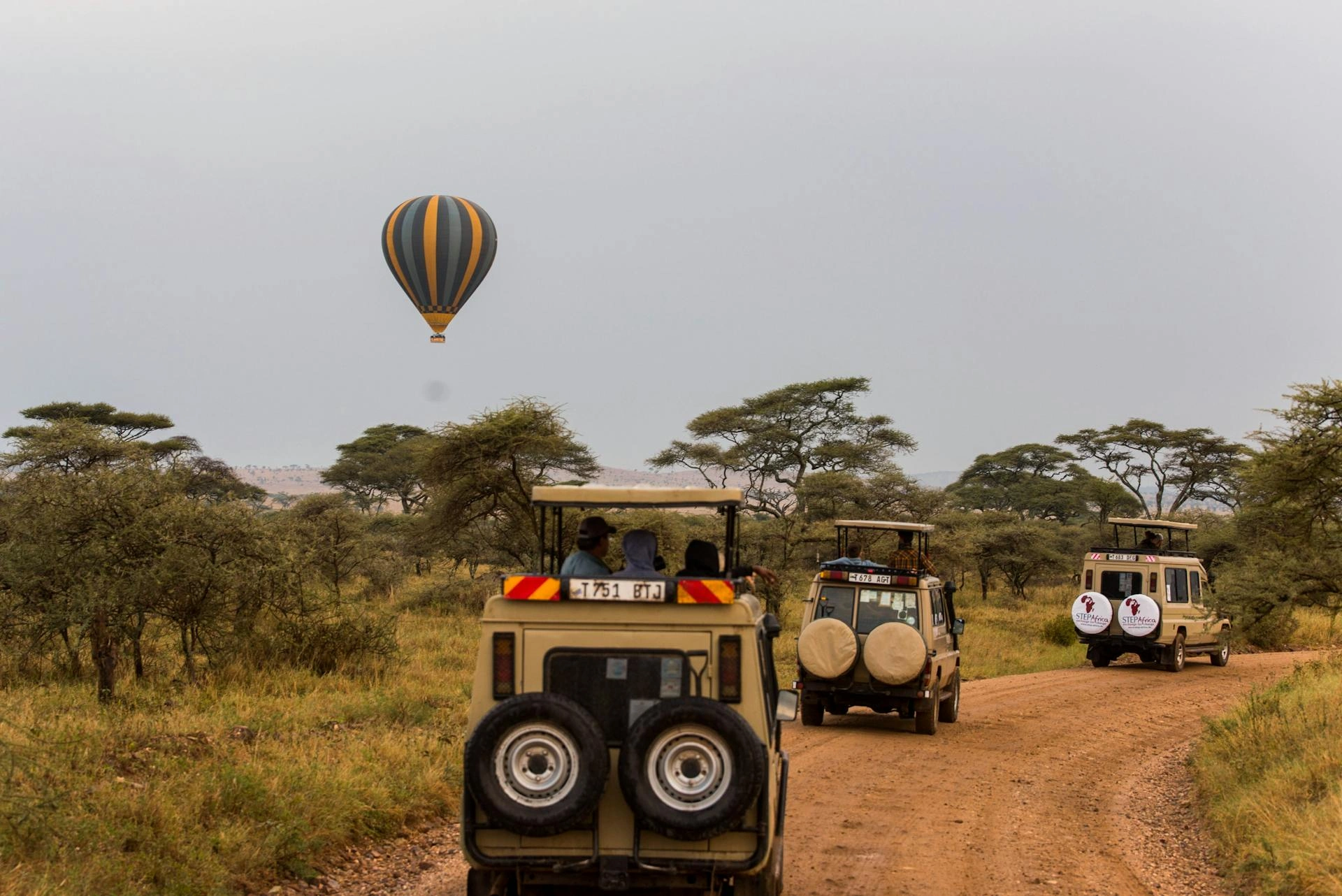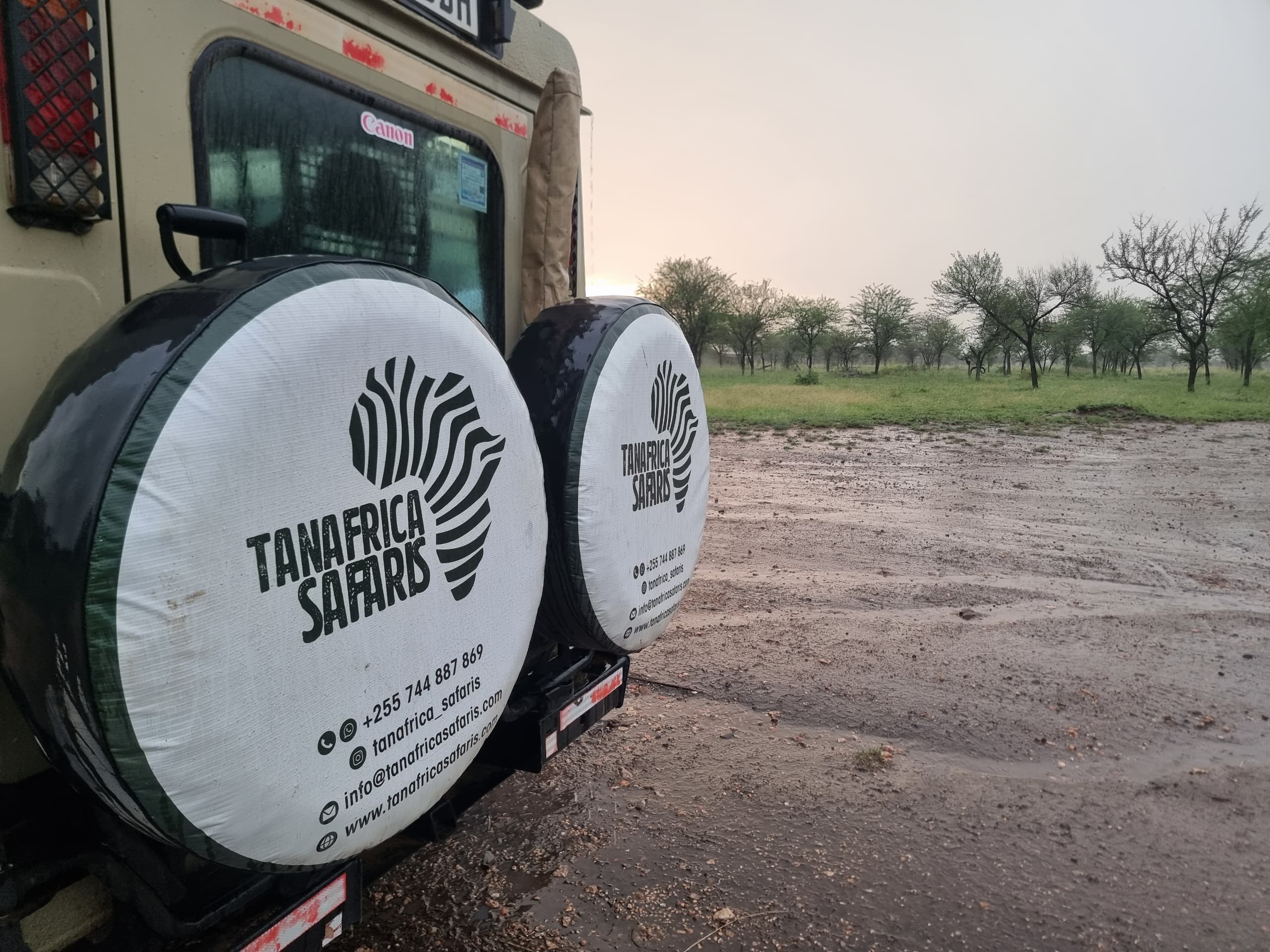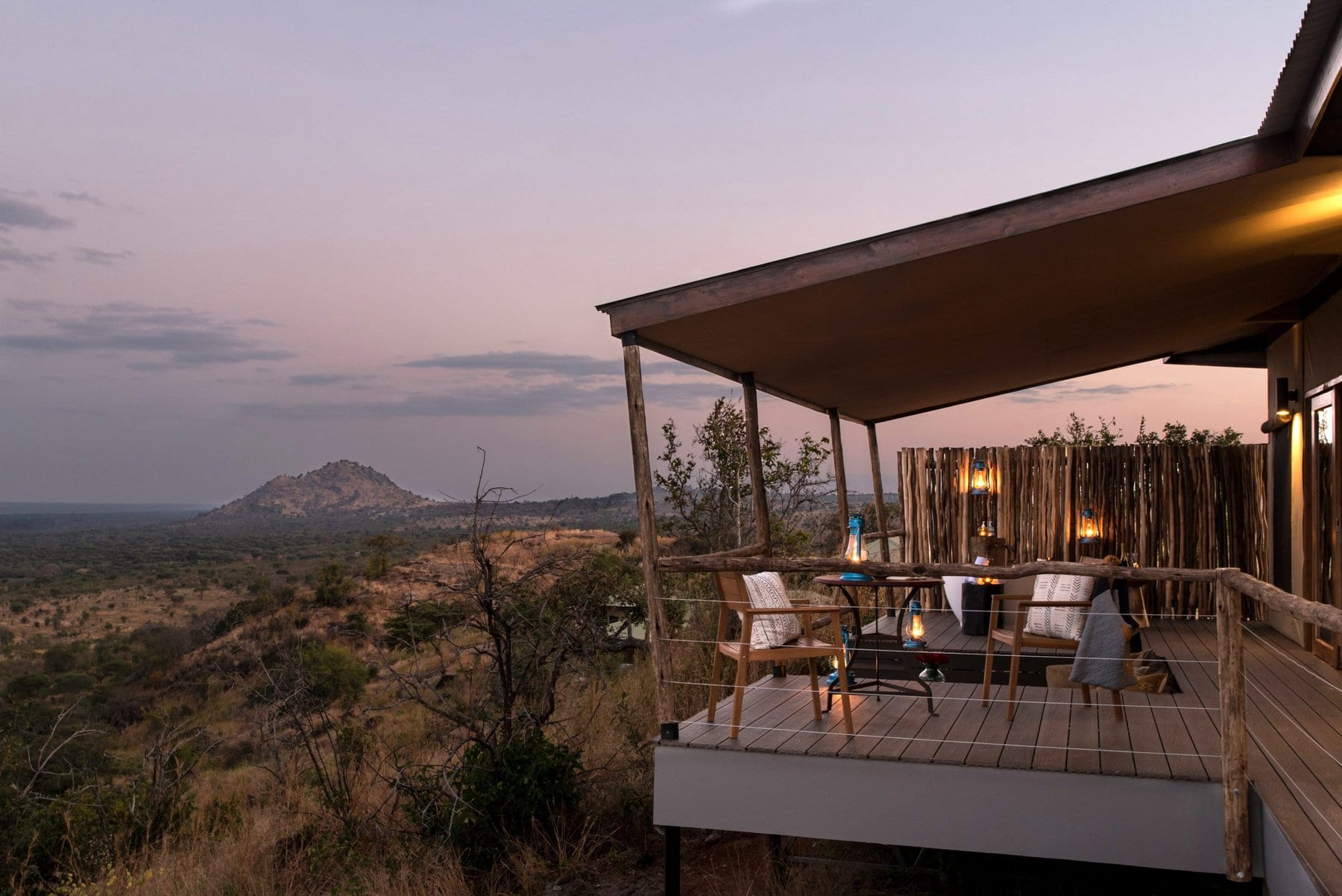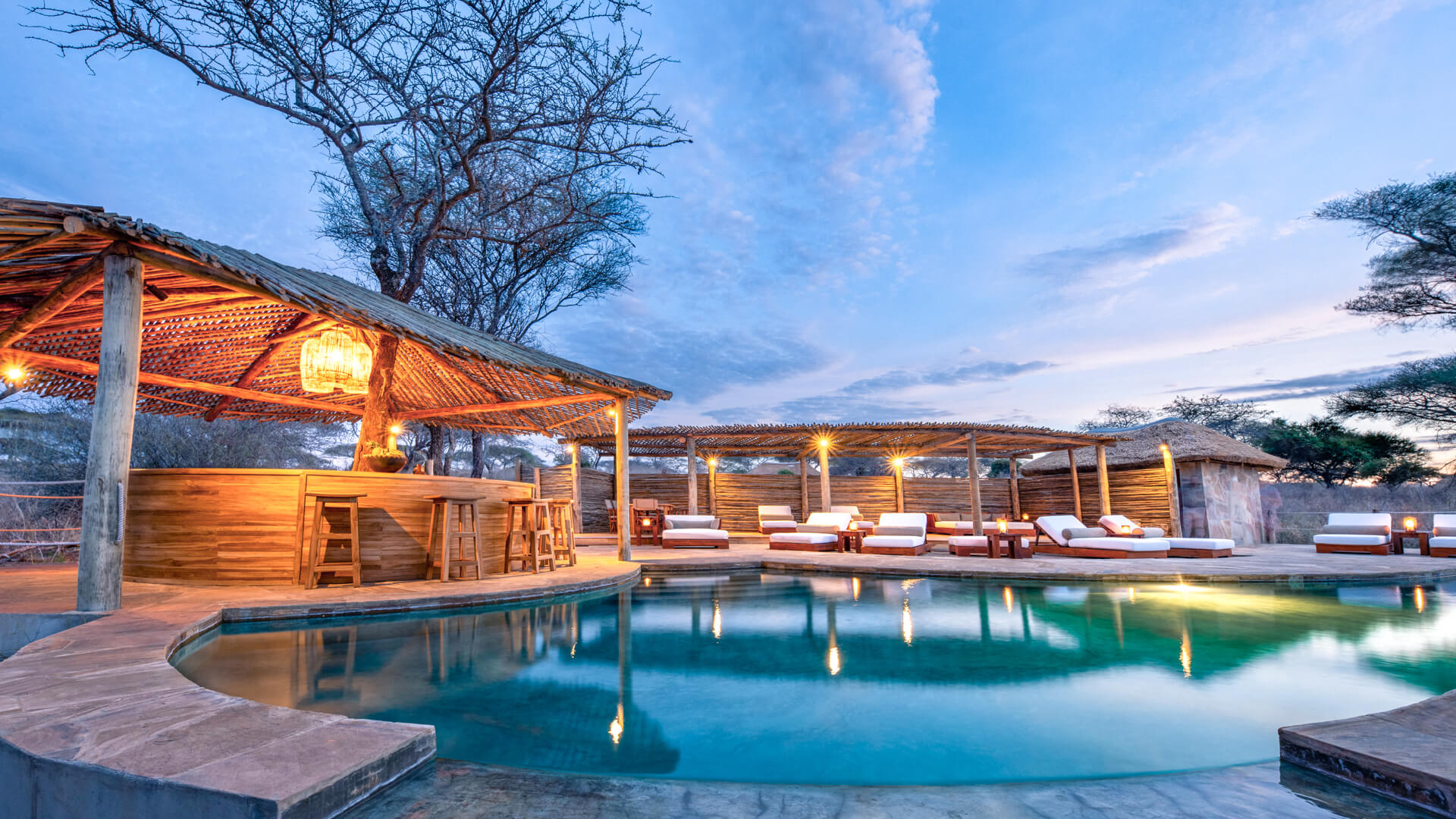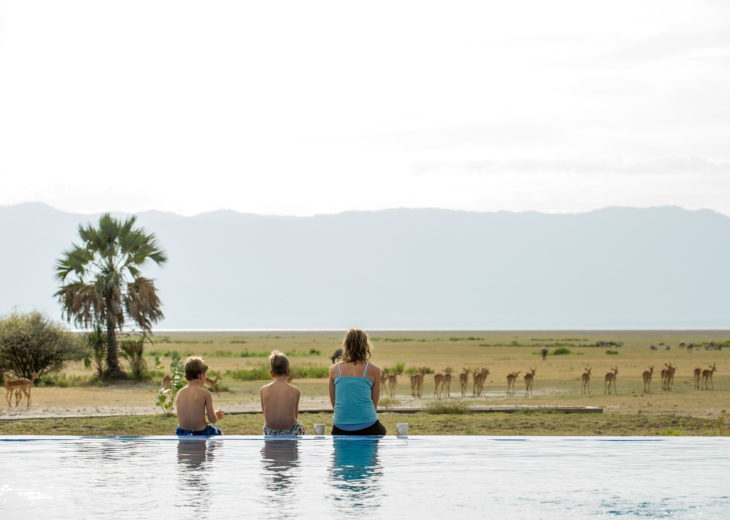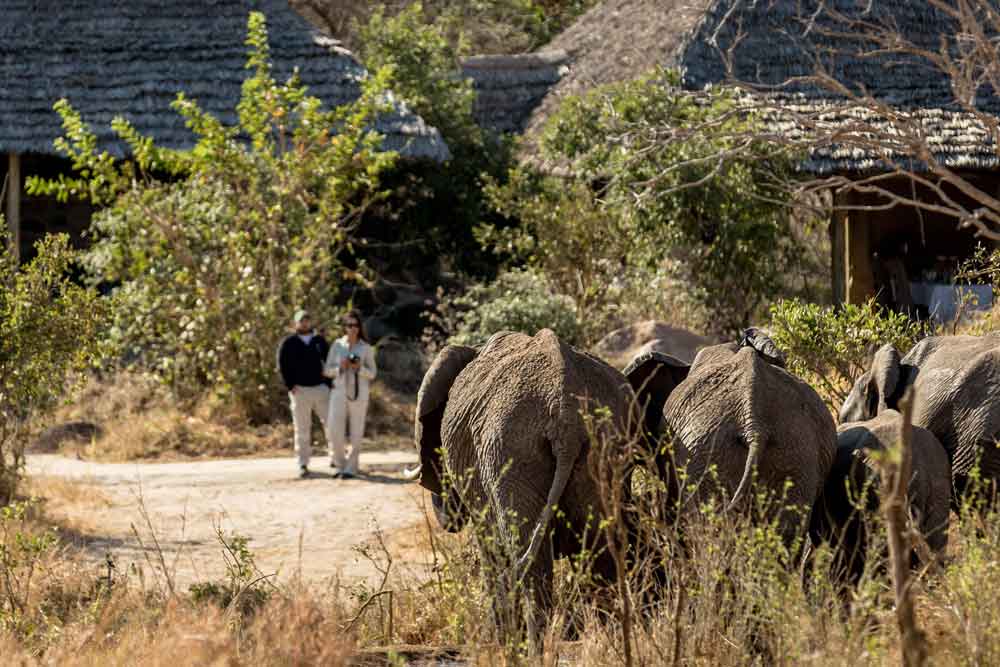Wildlife Highlights in Tarangire National Park
With its seasonal migrations and permanent residents, Tarangire bursts with life — especially during the dry months when animals converge along the riverbanks.
Massive Elephant Herds
Tarangire is renowned for its large herds of elephants — often seen moving slowly between the baobabs. It's one of the best places in Tanzania to observe elephant behavior up close, especially during the dry season.
Predators & Prey
The park hosts lions, leopards, hyenas, and cheetahs — often seen stalking plains game like impalas, zebras, and wildebeests. With fewer safari vehicles around, predator sightings feel raw and intimate.
Iconic Baobab Trees
Dotting the park like ancient sentinels, Tarangire’s baobabs provide shade, shelter, and visual wonder. These trees can live for thousands of years and play a vital role in the local ecosystem.
Birdwatching Paradise
With over 500 bird species, including yellow-collared lovebirds, martial eagles, and lilac-breasted rollers, Tarangire is a haven for birdwatchers. Its swamps and acacia woodlands attract both resident and migratory birds.
Seasonal Wildlife Migration
Each year, thousands of wildebeests, zebras, and antelopes migrate into Tarangire from surrounding areas. This influx creates dramatic wildlife scenes, especially between June and October.
Rare & Unique Species
Spot rare animals like fringe-eared oryx, greater kudu, and the curious gerenuk — a long-necked antelope known for standing upright to browse leaves. These species are seldom seen in other northern parks.
